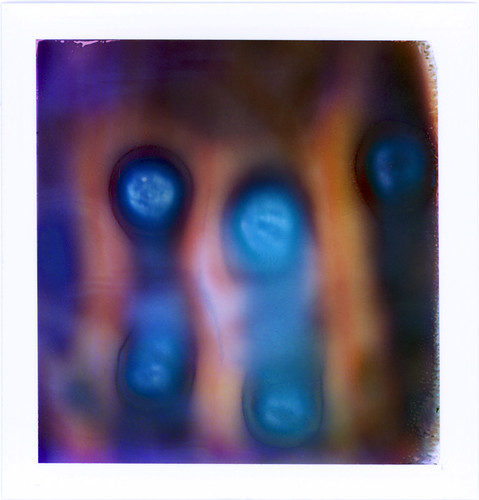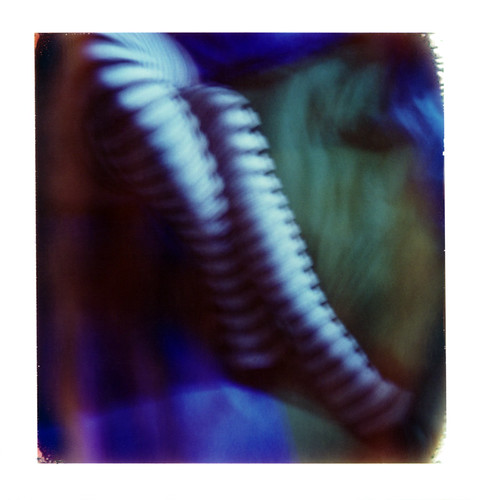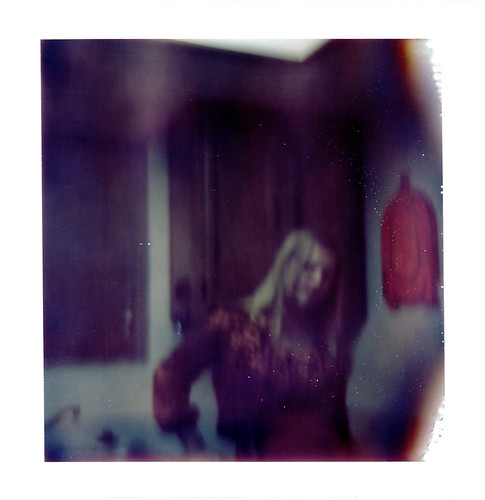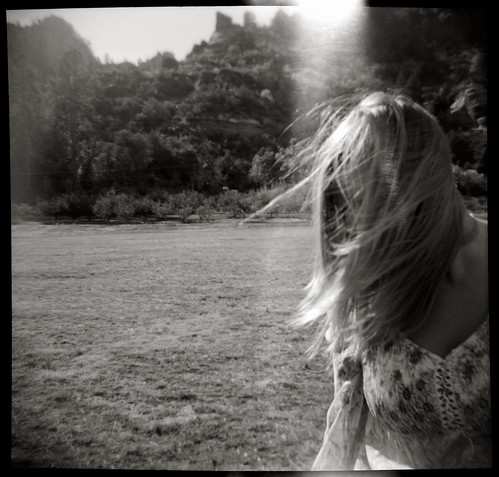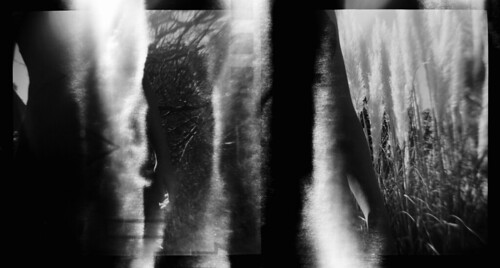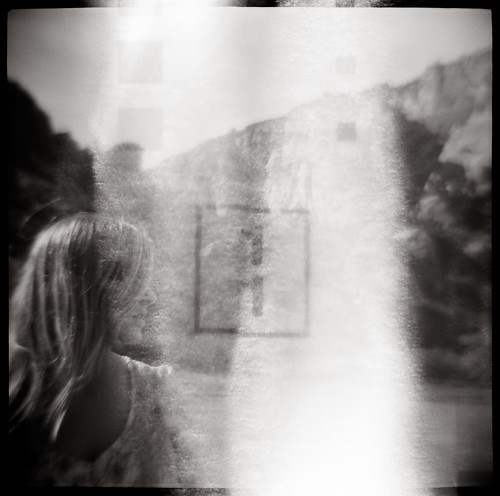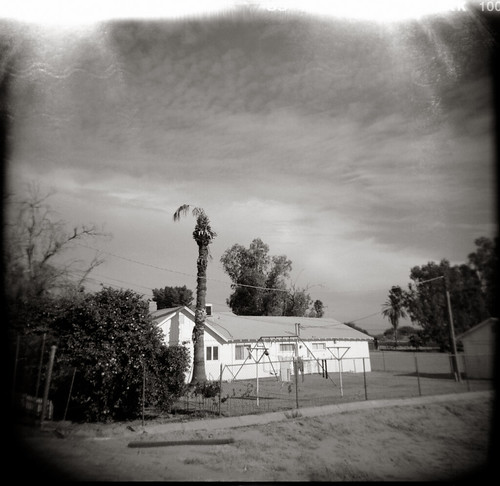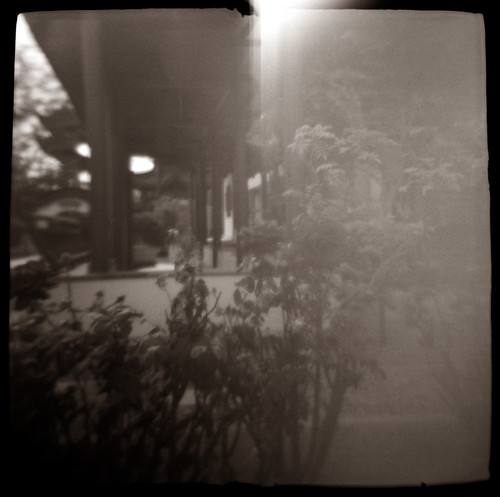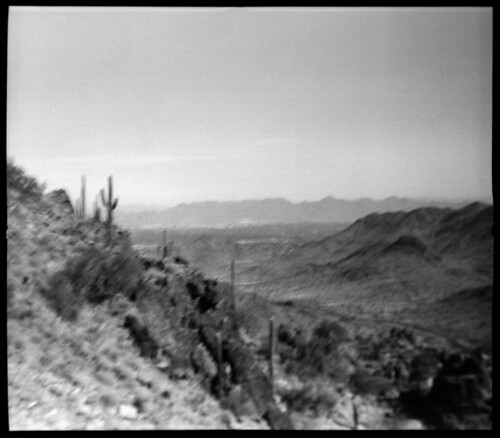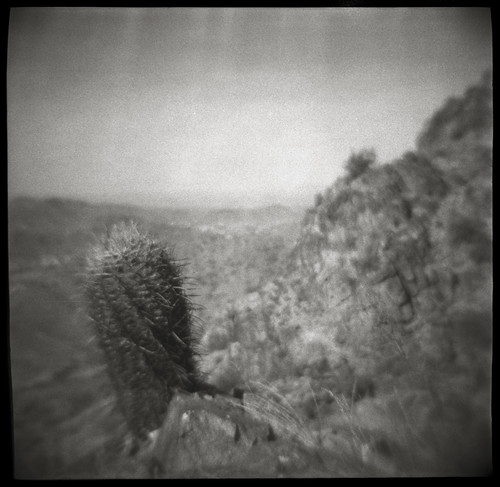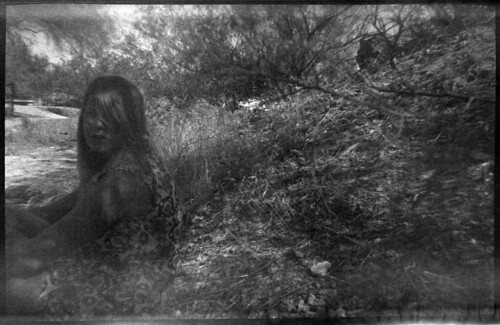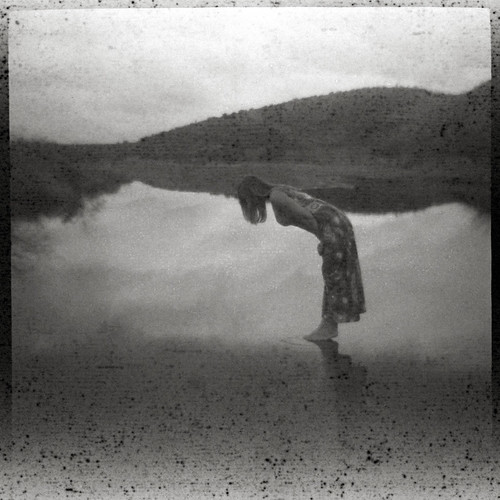Lightleaks are a staple of toy/crappy camera photos. Not all cameras leak, and not all leaky cameras leak the same. A lightleak is just what it sounds like...light that has leaked onto the film, creating a streak or blotch, whatever. There are what I call natural leaks, which are purely dependant on the camera used, and artificial leaks, which are real, but come from manipulating the film after the roll is removed from the camera (or during removal, if the film isn't wound tight).
Holgas almost always leak...BUT if you are using a mask, you may not ever see them. The most common Holga leak are the two stripes at the top. This photo also has some leaking on the side, from an ill-fitting back...the second most common leak. This happens because the seal is broken, or non-existent (as on the Holga). Hard plastic on plastic doesn't make the best seal.
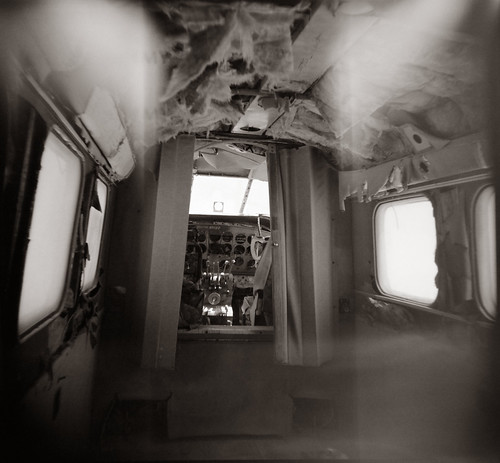
Holgas are built cheap, and they play cheap. The longer you use them, the more they leak. They probably also leak when you twist the winder, as it puts stress on the body and creates gaps between the parts. Kaloosh, on flickr, has some beautiful examples of natural leaks, as her Holga slowly gave up the ghost and stopped working:
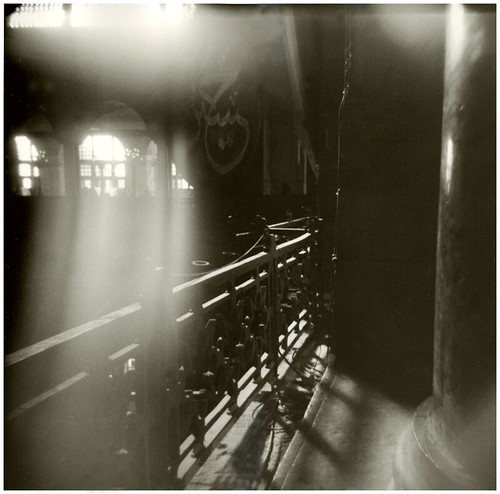
The most common leak on a Diana is the triangle burn at the top of the frame (which probably comes from the bottom of the camera, but I'll talk about that another day).
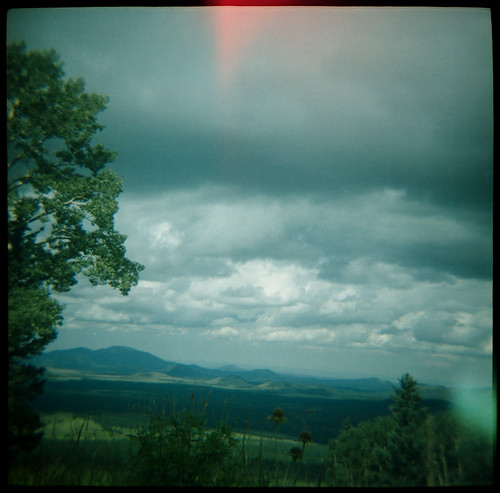
The small leak at bottom right was from a crack in the barrel. It eventually turned into this (and worse) on a particularly cold day in Flagstaff...
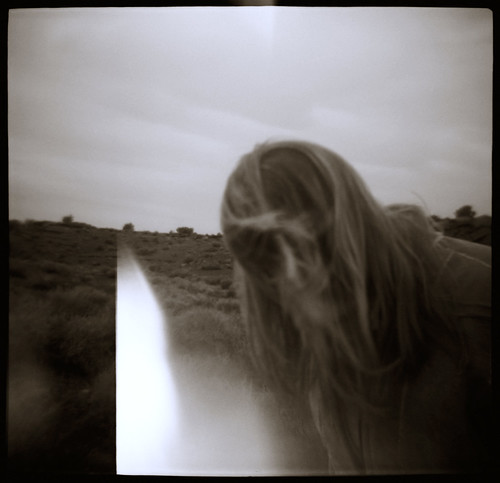
I took the camera apart, sealed up the crack with black tape, and then taped the hell out the barrel. This camera has a great lens, so I didn't want to lose it!

I have another Diana clone called the Banner, which is a "true" clone. The Snappy has the same build and body as the diana. The Banner is a cheap knockoff of a cheap camera. It's like the gumball machine version of a Diana. Everything that should fit together, doesn't. That's what makes it so great! A good site that explains the differences with many examples resides here. Below, you can see the Banner was leaking while I was winding the film:
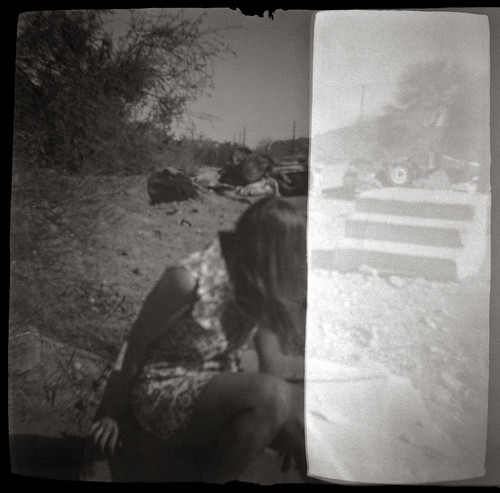
Many older cameras just leak around the edges, from being made cheaply, warping/dents, or from seals gone bad. This was taken with an Imperial 620 Snapshot camera. As you can see, color film usually yields red leaks.
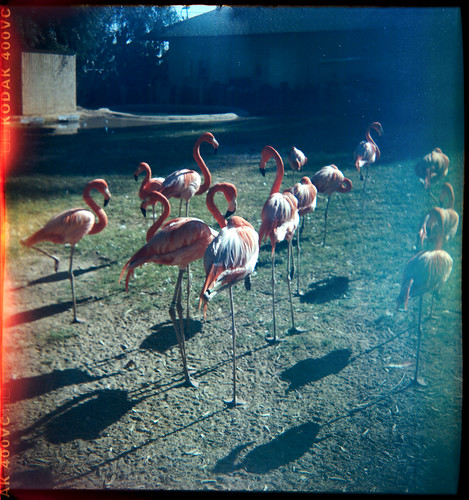
A funny leak coming from the side on this Fujipet. Great green color! I think I cross-processed this film, which would explain the odd color. The seal on this camera was a little bent.

This leak came from running 35mm through a 120 camera. 120s have a red counter window on the back that needs to be covered up, as 35mm film doesn't have paper backing. I have a hard time getting the tape to stay on through an entire roll.

Some minor leakage from the side on this shot taken with an Argoflex 75...a camera that probably shouldn't leak, since it has a fairly solid build. The film is Perfect Pan, expired August 1968.
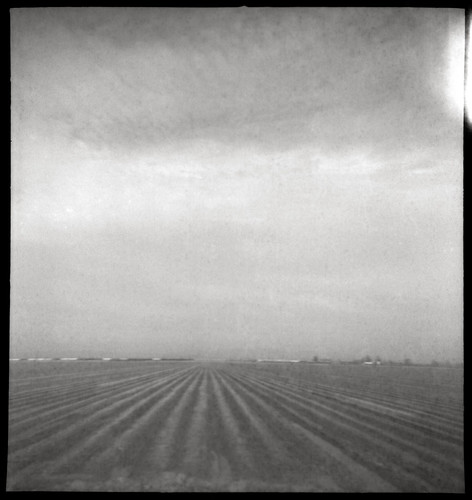
So, basically, any old or cheap camera can leak. If you have a camera that leaks, but don't want it to leak? Tape. Black electrical tape is the lightleak's enemy. You can use storebought tape, but there is a nice brand you can get on the internet that peels off and doesn't leave sticky residue. Don't know what kind, but a Google search should bring it up. I see it on ebay sometimes, too. Mine came with my Holga. I keep the pieces and reuse them as much as I can, to make it last.
To see many other examples of lightleaks, check out this lightleaks flickr group dedicated to the cause.
I will cover artificial leaking of your film another day!
